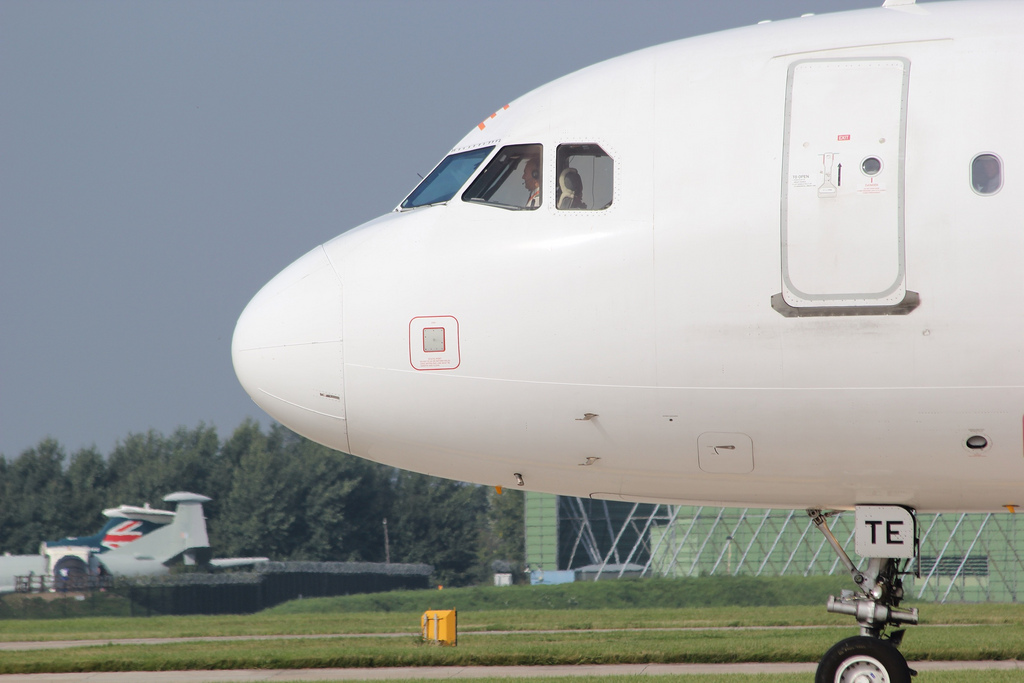Easyjet A320 at Paphos on Jan 7th 2015, Alpha Floor Activation on approach
Last Update: August 11, 2016 / 16:21:39 GMT/Zulu time
An Easyjet Airbus A320-200, registration G-EZTE performing flight U2-2133 from London Luton,EN (UK) to Paphos (Cyprus) with 157 passengers and 6 crew, was on approach to Paphos' runway 29 turning base and descending through 3000 feet when the aircraf...
An Easyjet Airbus A320-200, registration G-EZTE performing flight U2-2133 from London Luton,EN (UK) to Paphos (Cyprus) with 157 passengers and 6 crew, was on approach to Paphos' runway 29 turning base and descending through 3000 feet when the aircraf
You've hit your monthly reading limit
Get a subscription or get a day pass right now and read this article and over 15'000 more.
Incident Facts
Date of incident
Jan 7, 2015
Classification
Incident
Airline
Easyjet
Flight number
FL-342
Departure
Not revealed
Destination
Not revealed
Aircraft Registration
N343434
Aircraft Type
Airbus A320
ICAO Type Designator
A320
You have reached your free reading limit for this month.
Subscribe to AeroInside now and continue reading without any limits.
Subscribe today
Are you researching aviation incidents? Get access to AeroInside Insights, unlimited read access and receive the daily newsletter.
Pick your plan and subscribePartner

ELITE Simulation Solutions is a leading global provider of Flight Simulation Training Devices, IFR training software as well as flight controls and related services. Find out more.
SafetyScan Pro provides streamlined access to thousands of aviation accident reports. Tailored for your safety management efforts. Book your demo today
AeroInside Blog
Popular aircraft
Airbus A320Boeing 737-800
Boeing 737-800 MAX
Popular airlines
American AirlinesUnited
Delta
Air Canada
Lufthansa
British Airways








